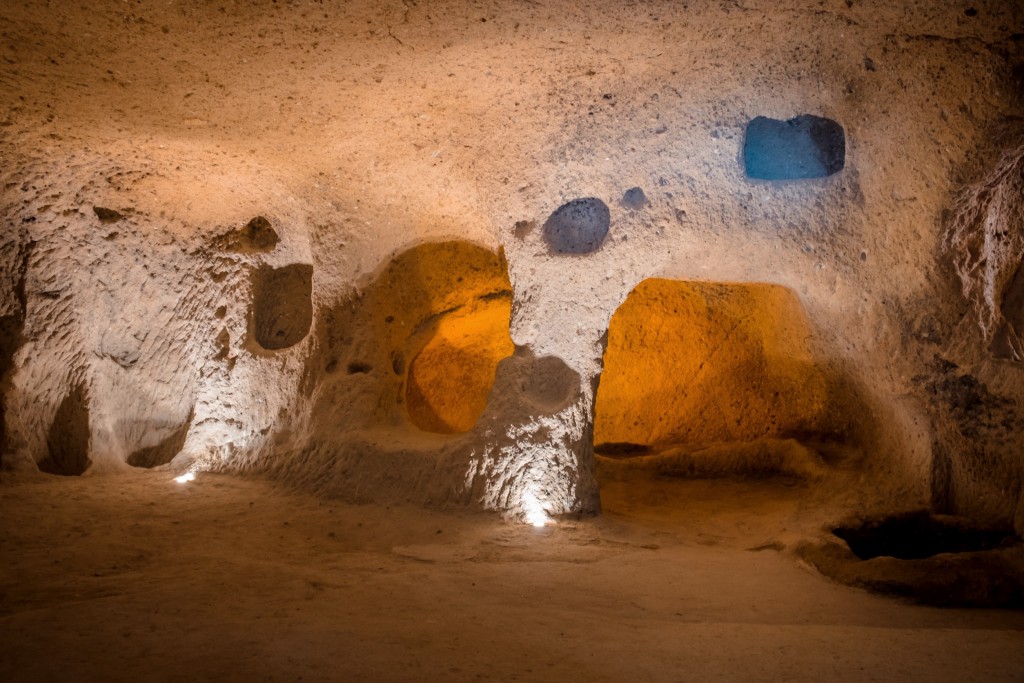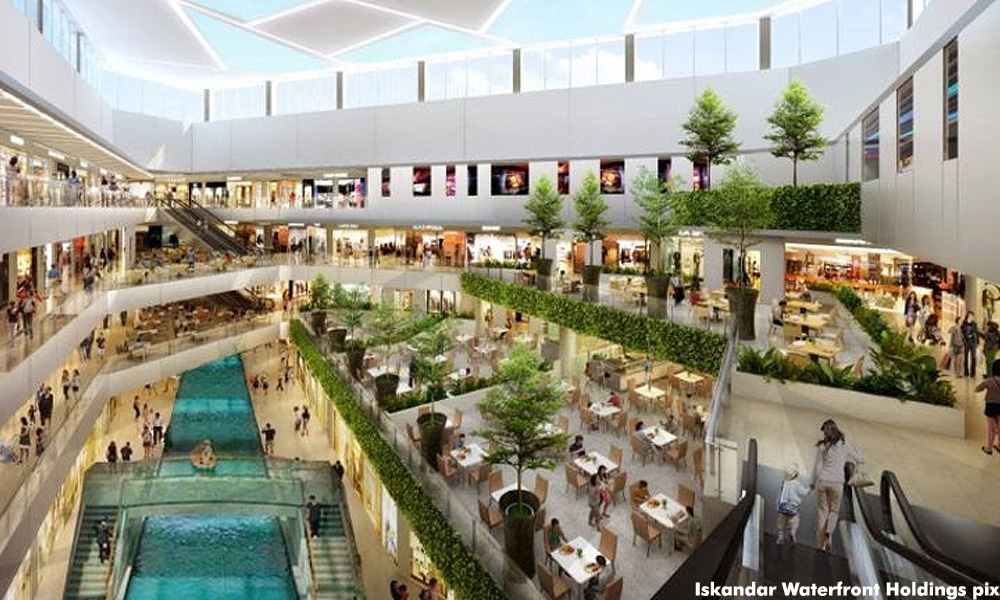The pathway to underground cities
Malaysia still has a long way to go before subterranean development becomes a reality
By Yanika Liew
As development space becomes more and more scarce, developers around the world are looking to underground land for their projects, but where is Malaysia in this race?
“Underground space solutions frequently provide greater development possibilities. This issue maximises the opportunities for intensification of land use where accessibility is limited as well as the possibility of development benefits. These potential benefits are contingent on efficient planning in order to be realised in practice,” Universiti Malaysia Sarawak development planning and management program lecturer Dr Farah Zaini said.
According to Farah, underground cities are a network of interconnected subterranean rooms that can serve as a protective sanctuary, a place to live, work or shop, a transit system, store cellars, drainage channels or a combination of these functions.
“The use of underground space as cities for housing, transit and other purposes has been studied for a long time. The existence of ancient underground cities with all the amenities, such as the Derinkuyu Underground City in Turkey, has demonstrated that the underground area was constructed even without breakthroughs in construction technology at the time and it is the priceless historical location that we have now,” she added.
In evaluating the concept of the underground city from a sustainability point of view, GreenRE executive director Ashwin Thurairajah noted that Malaysia already has something like this in the form of subway systems and people are moving a lot underground. Many buildings have basements and lower levels, so this concept would take that to the next level in the interest of space and energy efficiency.
“It could be a benefit on the cooling side and resilience to climate change, especially in those areas that are facing unbearable climate conditions. Daylight would have to be brought in potentially through light tubes because that’s important for well-being. You’ll also have to find vegetative species’ that can thrive underground to provide greenery in the surroundings,” Ashwin said.
“Further, in very congested cities it could reduce urban sprawl by exploiting space underground,” he added.
Even so, the concept might evoke the feeling of a post-apocalyptic environment. However, when it comes to underground development, the reality of underground cities might not be as far-fetched as you think.
“RÉSO, Montreal Underground City, Canada, is now one of the best examples of underground cities. It is a vast network of interconnecting tunnels and structures that runs beneath Montreal’s streets. It stretches for almost 20 miles and is one of the world’s largest underground complexes, attracting millions of people each year. Underground Science City in Singapore is another outstanding illustration of how a city may make full use of underground space,” Farah said.
In Malaysia itself, developers have experimented with the concept of an underground city. The Bandar Malaysia underground city was a project proposed in 2016 but it has since fallen through.
“The question is if we are prepared to expand our underground space into an underground city. It is fairly challenging to build underground space since it is influenced by many aspects to ensure that the underground space is developed in a sustainable manner. This is due to the fact that once underground space has been dug and developed, it is permanent and cannot be removed like surface development may,” Farah pointed out.
Various considerations play a role in subterranean land development decision-making, including geological, engineering, safety and psychological, legal and administrative as well as economic aspects, Farah noted.
On the one hand, underground cities could offer a number of advantages over traditional surface development. As temperatures continue to rise, Malaysia, alongside its Southeast Asian neighbours, have seen heatwaves sweep the country.
Differences and challenges
A number of challenges would need to be addressed to make underground cities a reality. The difference in land and soil formation for one would be a major issue.
“We frequently hear that Japan, Finland, Canada, Hong Kong, Singapore, China and Australia are the top countries in promoting underground development. Even if Malaysia is not at the top of the list, we are not excluded from using subsurface land for development,” Farah said.
“However, geological conditions in countries such as Canada and Singapore allow them to construct underground space. Cities’ bedrock foundations give superior foundations as well as more chances to utilise underground space,” she added.
Farah pointed out that as of today, Malaysia lacks comprehensive research on the appropriateness of its geological formations for deep underground space. However, based on the track record of prior successful underground space development in Malaysia, there is no question that the country can use underground space for many more purposes.
In Malaysia, most underground space development is concentrated in urban areas due to high population density and as a way to compensate for land scarcity. Stormwater Management and Road Tunnel (SMART) is a prime example of successful urban subterranean development to aid in the resolution of urban issues. The project includes a storm-water diversion plan, floodwater storage and a 10km, 11.8m diameter bypass tunnel, which is enough to keep a city from flooding in the near future.
“Realising the prospects by developing the underground will provide various benefits and genuine impacts on the surface space; Malaysia also invested in the Pantai 2 Sewage Treatment Plant,” Farah said.
The plant is the most modern facility in the country, using green technology for development, such as solar electricity for lighting, reuse of liquid waste and rainfall harvesting systems. Because it was built underneath, the surface space benefited the community and the open space is now used as a community facility as well as a recreational park.
“Sarawak is likewise using its underground space for carbon storage. Sarawak gazetted the Land Code (Carbon Storage) Rules 2022 to include airspace and properties above the land’s surface, as well as the seabed of the state’s continental shelf, in order to establish a legal framework for carbon capture, utilisation and storage (CCUS) activities,” she added.
Despite its challenges, more research needs to be conducted on the design and zoning of urban underground areas. As a developing country, Malaysia should make the most use of its resources, especially underground space.
“Underground space has so much potential to be explored for future development in Malaysia,” Farah said.
“It would be fascinating to study what municipal functions underground space could provide. Furthermore, legislation and rules governing planning and development, such as the Town and Country Planning Act of 1972, must be revised to accommodate the underground space development process,”
“A master plan is required for underground space planning and development. Prospects for urban underground space development will be plentiful once the master plan is finalised, thereby enhancing Malaysia’s economic growth,” she added.
Source: StarProperty.my

















POST YOUR COMMENTS